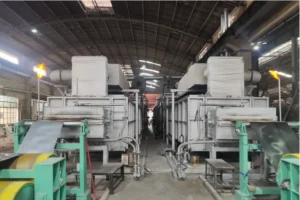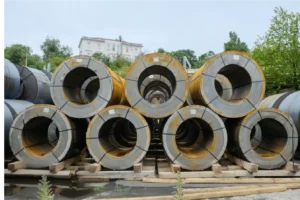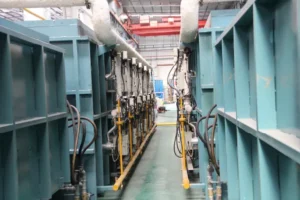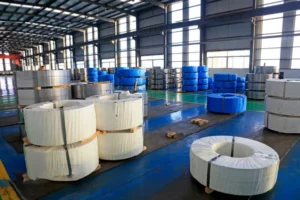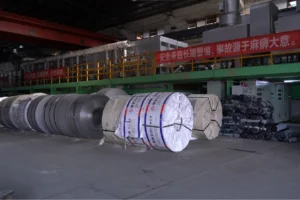How to Choose a Stainless Steel Coil Supplier: A Buyer's Guide
Choosing the right supplier feels overwhelming. A poor choice can disrupt your production and hurt your bottom line. We believe a strategic selection process builds a resilient supply chain.
Choosing the right stainless steel coil supplier involves a five-step process: defining your technical requirements, researching potential partners, evaluating their quality and reliability, assessing total cost and delivery, and finally, establishing a long-term strategic partnership. This ensures operational efficiency and supply chain resilience beyond just price.
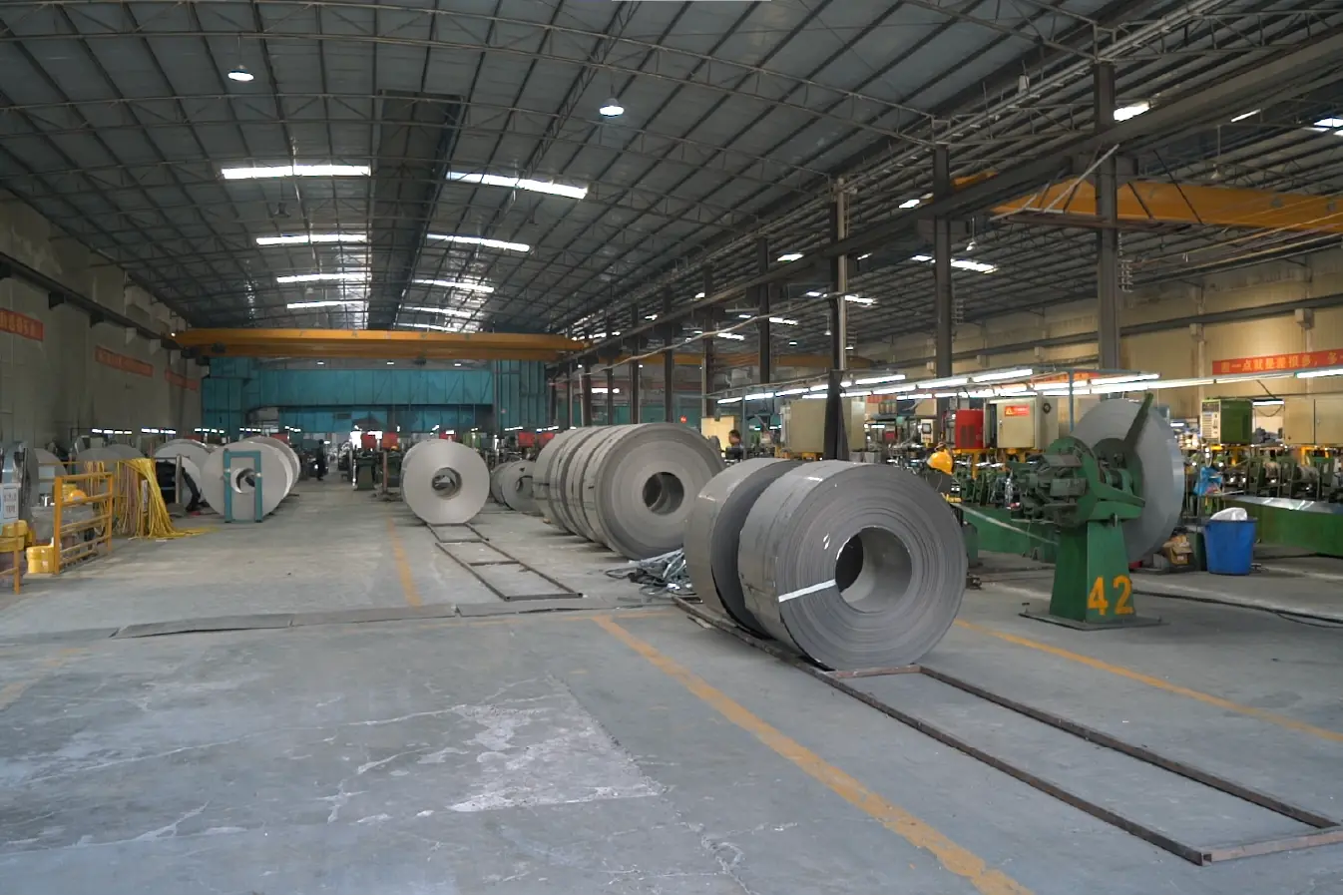
In my role as Global Business Director at MFY, I've seen firsthand how a strong supplier relationship can become a company's greatest competitive advantage. This isn't just about buying a commodity; it's about building a partnership that fuels your growth. Let's walk through the essential steps to ensure you make the right choice, turning a simple procurement task into a strategic victory for your business.
Step 1: How Do You Clearly Define Your Stainless Steel Coil Requirements?
Vague specifications lead to inaccurate quotes. This ambiguity wastes valuable time and can result in procuring the wrong material. Start with a detailed checklist of your technical needs.
To define your requirements, you must specify the stainless steel grade (e.g., 304, 316L), exact dimensions including thickness and width, required surface finish (e.g., 2B, BA, No.4), and the end-use application. This clarity is the foundation for an accurate and efficient procurement process.
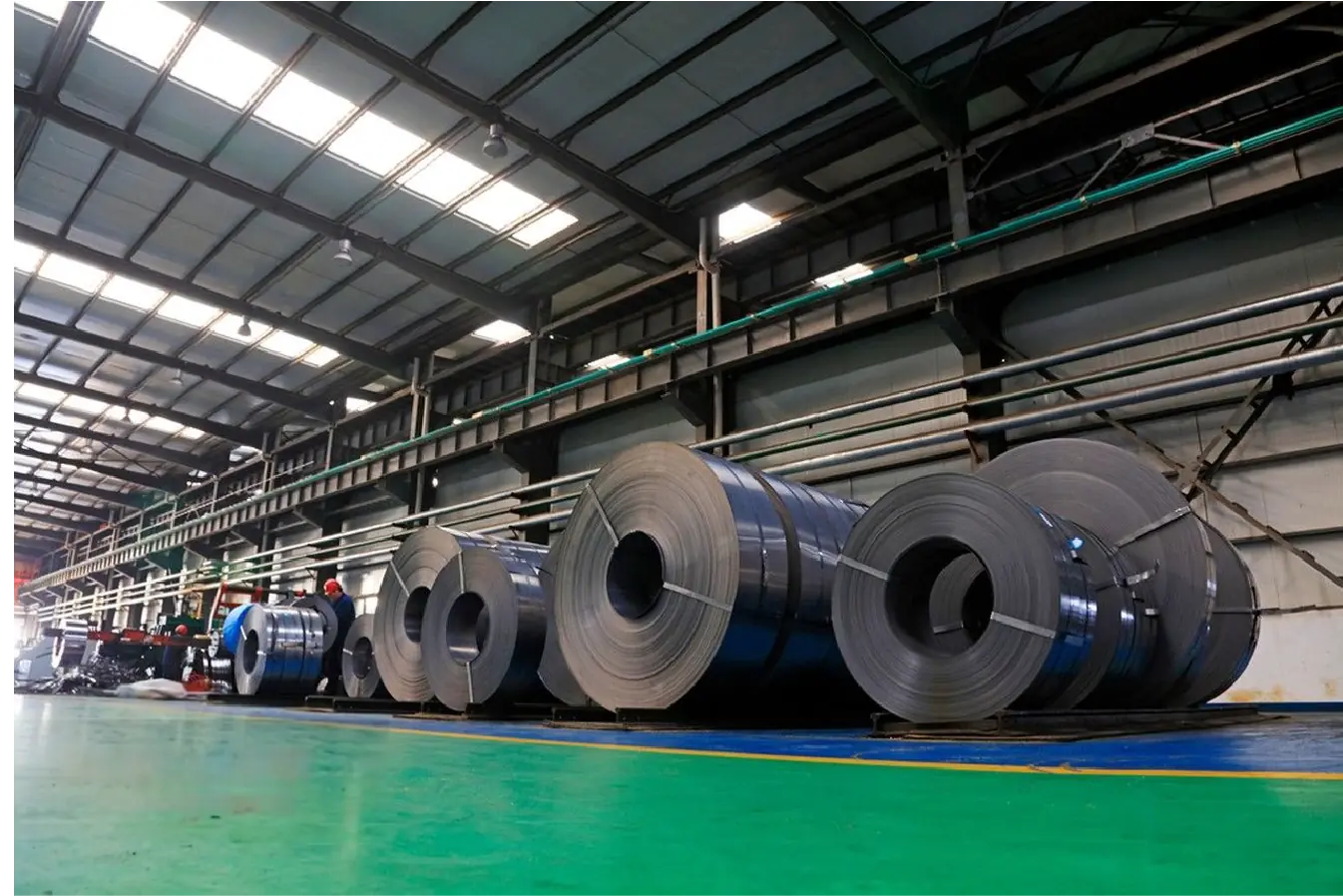
Before we at MFY can even begin to prepare a quote, we need to understand exactly what our client is trying to achieve. The first conversation I have with any potential partner is always about their specific needs. Simply asking for "304 coil" is not enough. The success of your project depends on getting the details right from the very beginning. This initial step is non-negotiable for ensuring quality and performance.
Your Essential Specification Checklist
A well-defined requirement sheet acts as a clear communication tool between you and your potential supplier. It eliminates guesswork and ensures that every quote you receive is based on the same criteria, allowing for a fair and accurate comparison. I always advise our clients to prepare a document that includes the following details.
| Parameter | Description | Example |
|---|---|---|
| Grade | The specific alloy of stainless steel required. | AISI 304, 316L, 430 |
| Temper | The hardness and ductility of the material. | Annealed, 1/4 Hard, Full Hard |
| Thickness & Tolerance | The required thickness and acceptable variance. | 0.5mm (+/- 0.02mm) |
| Width & Tolerance | The required width and acceptable variance. | 1219mm (+/- 1mm) |
| Surface Finish | The aesthetic and functional surface treatment. | 2B, BA, No. 4, Hairline |
| Coil ID/OD | Inner and Outer Diameter specifications. | ID 508mm / OD 1500mm max |
| Application | The end use of the material. | Automotive parts, kitchen sinks |
Providing this level of detail not only helps us deliver the right product but also allows us to offer expert advice. Sometimes, based on the application, we might suggest a more cost-effective grade or a finish that will improve the client's manufacturing process. This collaborative approach starts with your clarity.
Step 2: How Should You Research Potential Suppliers and Their Offerings?
Finding trustworthy suppliers can be a challenge. The internet is vast, and it's difficult to separate qualified partners from simple traders. A multi-channel research strategy is essential.
Research potential suppliers by leveraging online industry platforms, attending international trade shows, seeking referrals from trusted networks, and analyzing their digital presence. A supplier with a comprehensive website and integrated digital tools often indicates a modern and transparent operation.
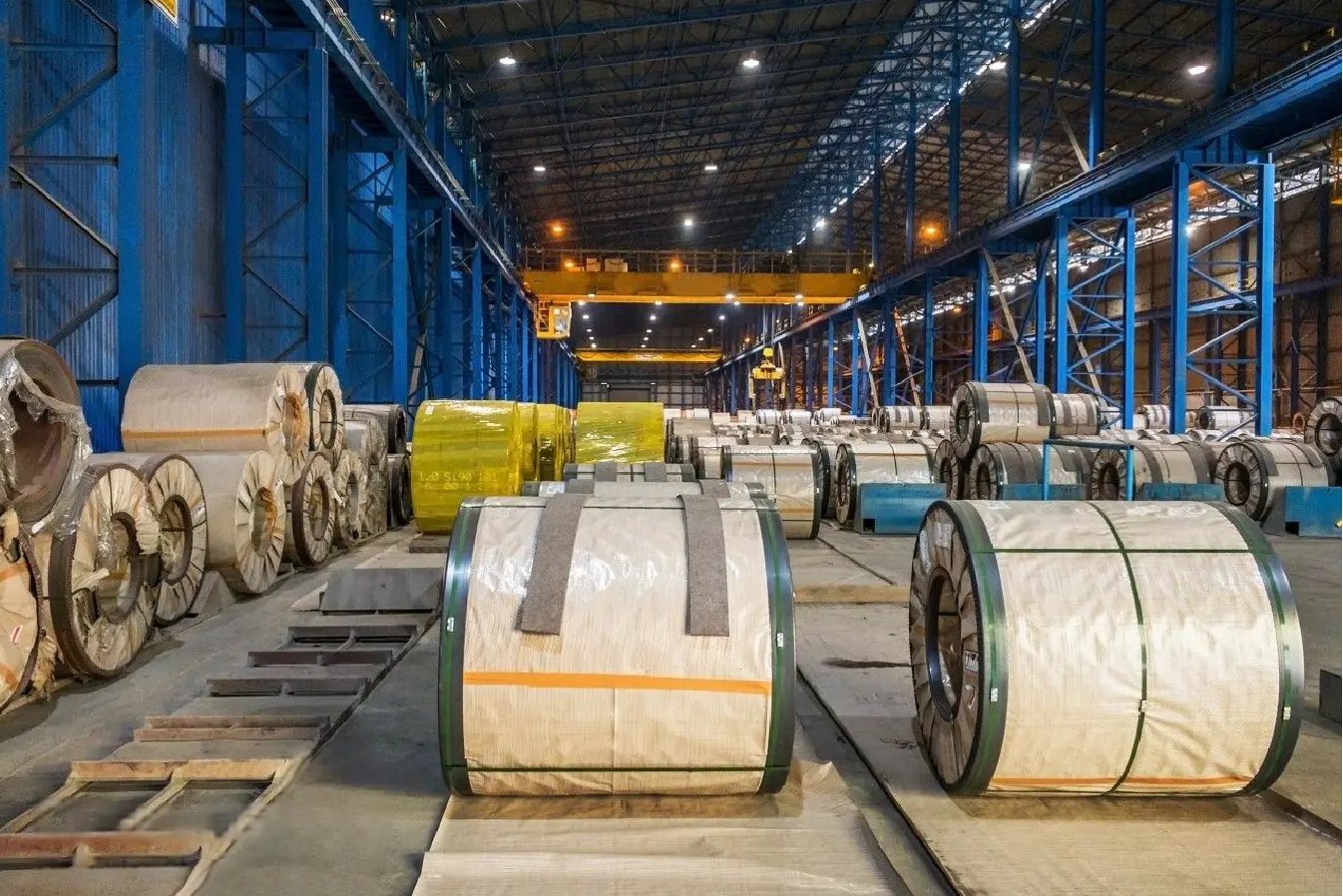
Once you know what you need, the next step is finding who can provide it. In today's market, a supplier's digital footprint is as important as their physical factory. At MFY, we have invested heavily in our digital infrastructure because we believe transparency and accessibility are key to building trust with our global partners in India, Southeast Asia, and the Middle East. Your research should focus on finding partners who are not just manufacturers, but innovators.
Vetting Suppliers in the Digital Age
A supplier's website and online activity provide deep insights into their capabilities and business philosophy. Look beyond a simple product page. Are they sharing industry insights? Do they showcase their production facilities? Do they have a system for online order tracking? These are signs of a forward-thinking company.
Key Research Avenues
| Method | Advantages | Disadvantages |
|---|---|---|
| Online Platforms | Wide reach, easy to compare basic specs. | Information can be superficial or outdated. |
| Trade Shows | Meet face-to-face, see product samples. | Time-consuming and expensive. |
| Industry Referrals | Highly reliable, based on trusted experience. | Limited to your existing network. |
| Supplier Audits | Deepest insight into capabilities and quality. | Requires significant resource investment. |
When you are researching, look for evidence of a fully integrated supply chain. A company that controls everything from raw materials and cold-rolling to pipe manufacturing and export logistics, like our team at MFY, can offer greater reliability and consistency. This integration is a critical factor for supply chain resilience.
Step 3: How Do You Evaluate Supplier Reliability and Quality Standards?
A supplier's promise is not a guarantee. Poor quality material can cause production failures, damage your equipment, and ruin your brand's reputation. You must verify their quality systems.
Evaluate a supplier's reliability by checking for internationally recognized certifications like ISO 9001, requesting Mill Test Certificates (MTCs) for every batch, and reviewing case studies or testimonials from clients in your industry. A truly reliable supplier has a proven and transparent quality control process.
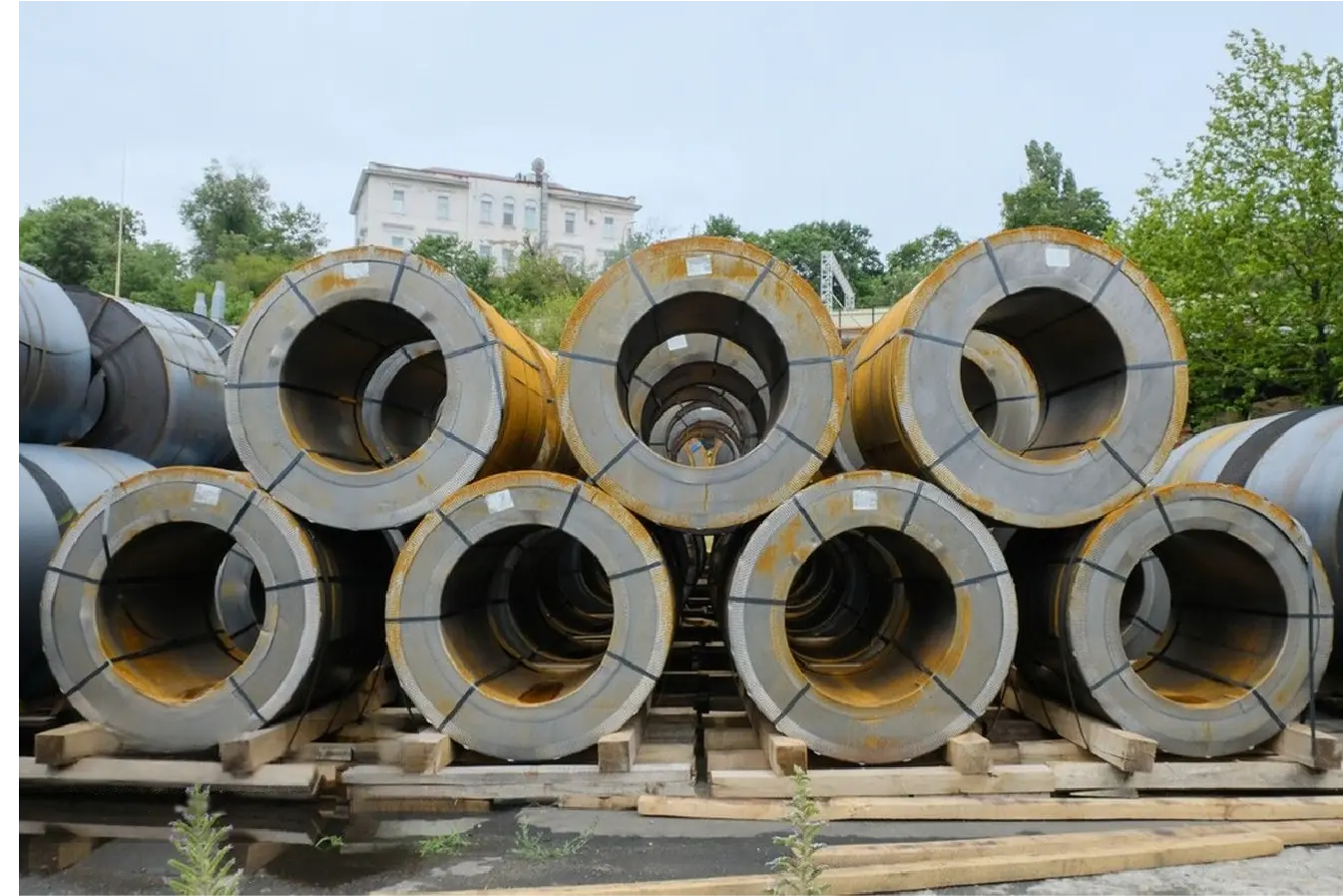
For me, reliability is the cornerstone of any business partnership. It's about consistently delivering on your promises. In the steel industry, this translates directly to quality assurance. A reliable supplier doesn't just sell steel; they sell certified, tested, and guaranteed performance. This commitment to quality must be embedded in their entire operational culture, from the factory floor to the logistics team.
The Pillars of Quality Assurance
Quality is not an accident; it is the result of rigorous processes. When we talk to new clients, we don't just show them a product catalog—we walk them through our quality control checkpoints.
- Certifications: An ISO 9001 certification is the baseline. It proves the supplier has a structured quality management system. Ask for a copy of their certificate.
- Mill Test Certificates (MTC): Never accept a shipment without an MTC. This document provides the chemical and physical properties of the specific coil you are receiving, ensuring it meets your technical specifications.
- Traceability: A reliable supplier should be able to trace every coil back to its raw material source. This is crucial for quality control and problem-solving.
Supply Chain Resilience as a Quality Metric
Beyond certificates, a supplier's operational structure is a key indicator of reliability. In today's volatile geopolitical climate, supply chain disruptions are a constant threat. I remember a time when a sudden raw material shortage hit the market. While many of our competitors struggled to find supply, our integrated supply chain at MFY allowed us to adjust and continue fulfilling orders without significant delays. A supplier with a resilient, integrated model is inherently more reliable because they have greater control over every step of the process.
Step 4: How Can You Assess Pricing and Delivery Terms?
The lowest price is rarely the best value. Hidden logistics costs, long lead times, and inflexible payment terms can quickly erase any initial savings. You must evaluate the total cost.
Assess pricing by looking at the Total Cost of Ownership (TCO), not just the per-ton price. This includes freight, insurance, and potential delays. Prioritize suppliers with transparent, digitally managed logistics, as they can significantly reduce lead times and improve overall value.
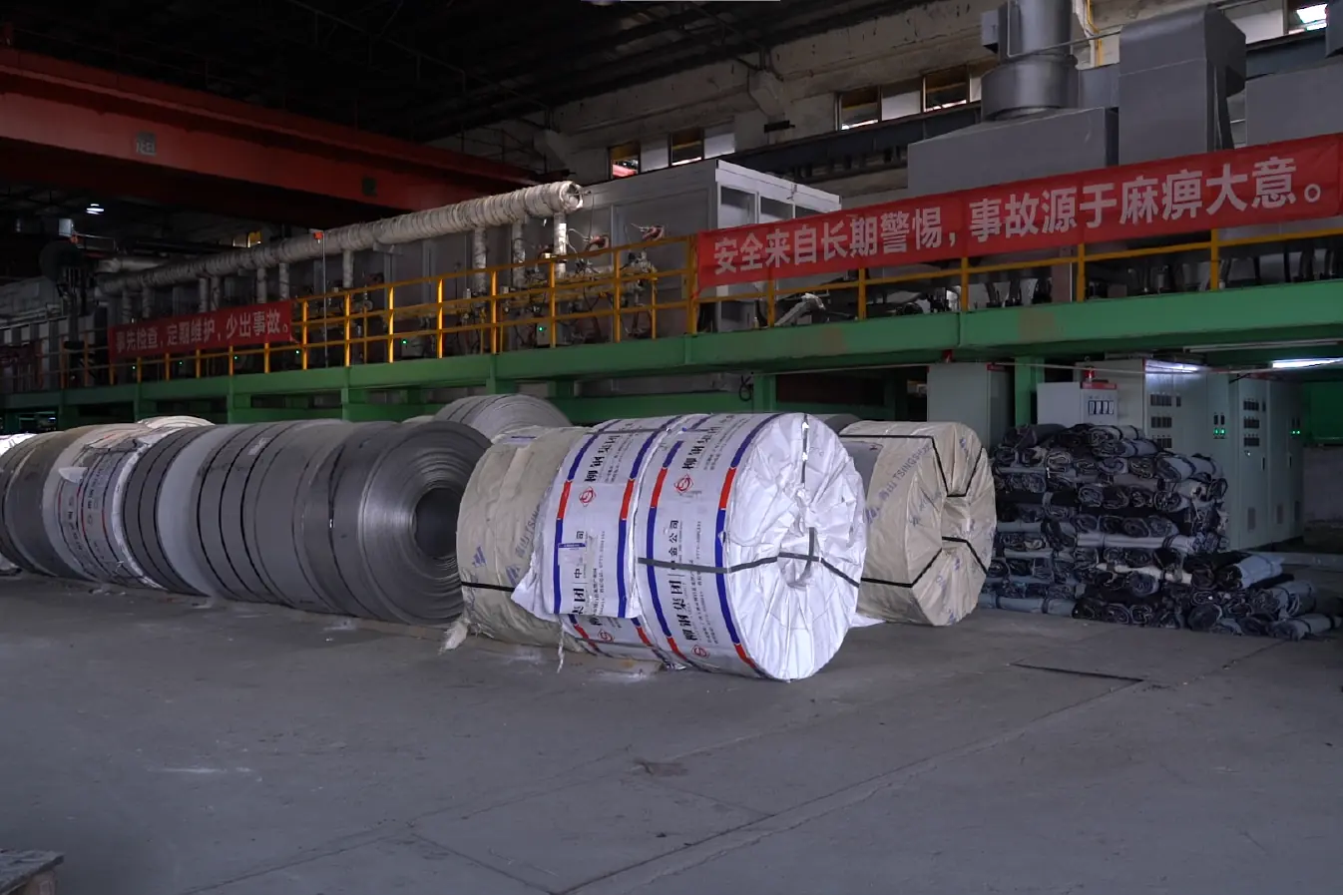
One of the most important shifts I've seen in global procurement is the move from price-based decisions to value-based decisions. The sticker price of a coil is just one part of the equation. As a buyer, you need to ask: what is the true cost to get this material from the supplier's factory to my production line, on time and in perfect condition? This is where a supplier's logistics and digital capabilities become a critical factor.
The Digital Advantage in Logistics
In a competitive market, speed and transparency are everything. A supplier that has embraced digital innovation can offer a significant advantage. In fact, our internal data and industry reports show that digitally adept suppliers can reduce lead times by up to 30%. This is achieved through:
- Real-Time Tracking: Knowing where your shipment is at all times.
- Optimized Warehousing: Reducing handling time before export.
- Streamlined Documentation: Digital customs clearance and paperwork.
Comparing Total Cost of Ownership (TCO)
Let's consider two suppliers. Supplier A offers a lower per-ton price, but Supplier B has a fully digital logistics platform.
| Factor | Supplier A (Low Price) | Supplier B (Digital Integration) |
|---|---|---|
| Price per Ton | $2,000 | $2,050 |
| Lead Time | 60 days | 42 days |
| Inventory Cost | Higher (due to longer lead time) | Lower |
| Shipment Visibility | Low (manual updates) | High (real-time tracking) |
| Risk of Delay | High | Low |
While Supplier A looks cheaper on paper, the longer lead time, higher inventory holding costs, and risk of delays make Supplier B the far better value. At MFY, our investment in digital systems is a core part of our value proposition, ensuring our partners get their materials faster and with more transparency.
Step 5: How Do You Make the Final Selection and Establish a Partnership?
The process isn't over after you receive the quotes. A transactional relationship is fragile and lacks long-term value. The goal is to build a strategic, collaborative partnership.
Make the final selection by conducting a holistic review of all factors, not just price. Negotiate a clear service level agreement (SLA) and establish open communication channels to transform the supplier relationship into a long-term strategic partnership built on mutual trust and growth.
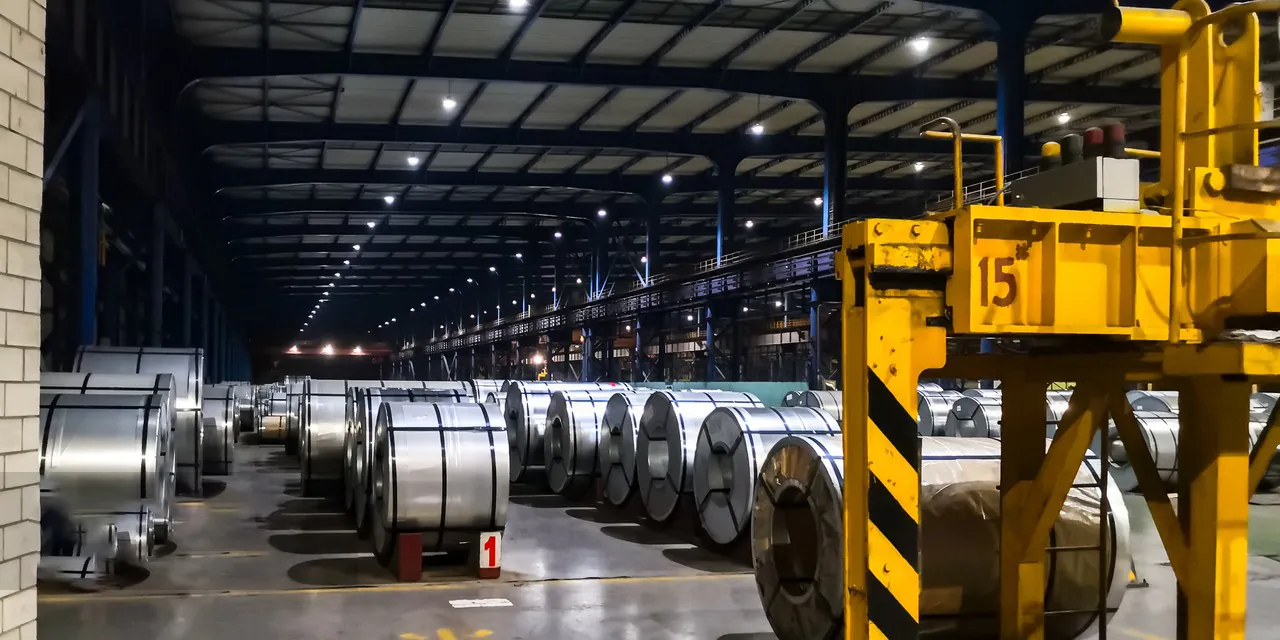
After all the research and evaluation, the final step is to formalize the relationship. But this should be seen as the beginning, not the end. The best supplier relationships I've built in my career are true partnerships. They are built on a foundation of clear expectations, open communication, and a shared commitment to success. This is about moving beyond a simple buyer-seller dynamic to become integrated partners.
From Supplier to Strategic Partner
A strategic partner is one who understands your business, anticipates your needs, and works with you to solve challenges. They are an extension of your own team. This aligns perfectly with our core values at MFY: Agility, Resilience, and Continuous Evolution. We don't just want to sell steel; we want to help our partners adapt and thrive in a constantly changing market.
The Importance of a Service Level Agreement (SLA)
A formal contract or SLA is essential for laying a strong foundation. It should clearly define the rules of engagement and set expectations for both parties. A comprehensive SLA should include:
- Quality Specifications: Reference the exact technical requirements.
- Delivery Windows: Define lead times and on-time delivery metrics.
- Pricing & Payment: Lock in pricing structures and payment terms.
- Communication Protocol: Establish key contacts and a process for regular reviews.
- Issue Resolution: Outline a clear process for handling any potential problems.
This document protects both you and the supplier, creating a framework of accountability that allows trust to flourish. It is the final, critical step in securing a supplier who will help drive your business forward for years to come.
Conclusion
Choosing a supplier is a strategic decision where reliability, digital capability, and a partnership mindset are far more important than the initial price tag. This ensures long-term operational success.
Have Questions or Need More Information?
Get in touch with us for personalized assistance and expert advice.


